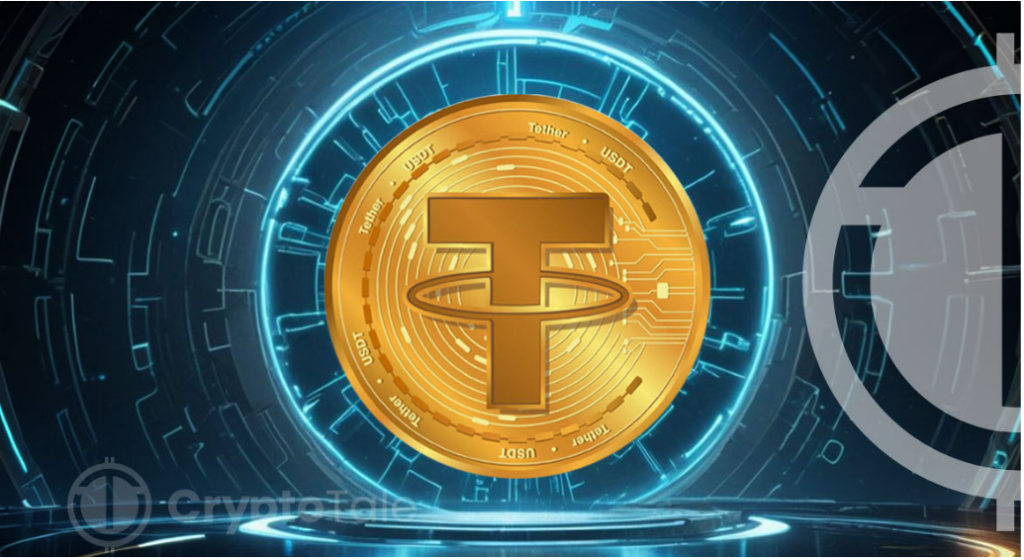
Tether Unveils Ambitious Plans for USDT in Real-World Use
Decentralized finance pioneer Tether has revealed its bold strategy to bring its USDT stablecoin into mainstream global use, leveraging its vast network of users and robust infrastructure. The ambitious plan aims to reshape the financial landscape by providing a seamless, secure, and transparent means of exchange, cutting costs and improving accessibility across borders.
Tether’s vision is centered around creating a global financial network utilizing USDT, Bitcoin, and decentralized technologies. By doing so, the company envisions empowering individuals worldwide to engage in financial activities with greater ease and security. One of the key focus areas for Tether lies in peer-to-peer (P2P) transactions. The incorporation of P2P capabilities is expected to lower transaction costs and accelerate cross-border remittances.
In a significant move, Tether will also be integrating private AI technology into its ecosystem. This endeavor aims to boost transaction security while safeguarding user privacy. Given the growing concerns about digital privacy, this integration may serve as a major differentiator for USDT in the market.
Furthermore, Tether is committed to expanding its presence within decentralized finance (DeFi). By offering a broader range of financial services, the company hopes to establish itself as a one-stop-shop for all DeFi-related needs. Additionally, it will explore opportunities in e-commerce and microtransactions. The low fees and fast processing speeds of USDT make it an attractive option for online payments and in-game purchases.
Despite these ambitious plans, Tether is facing criticism regarding its regulatory compliance. Some community members have expressed concerns over the lack of transparency and asset backing standards required by the Markets in Crypto-Assets Regulation (MiCA). The company’s inability to meet these criteria raises questions about its legitimacy within the crypto market.
As Tether sets out on this new trajectory, it faces significant challenges, including legal issues, competition from other stablecoins like RLUSD, and disclosure. It remains to be seen how the company addresses these concerns and adapts to the changing regulatory landscape, ultimately determining its future prospects in the cryptocurrency space.
Source:
Source: cryptotale.org


